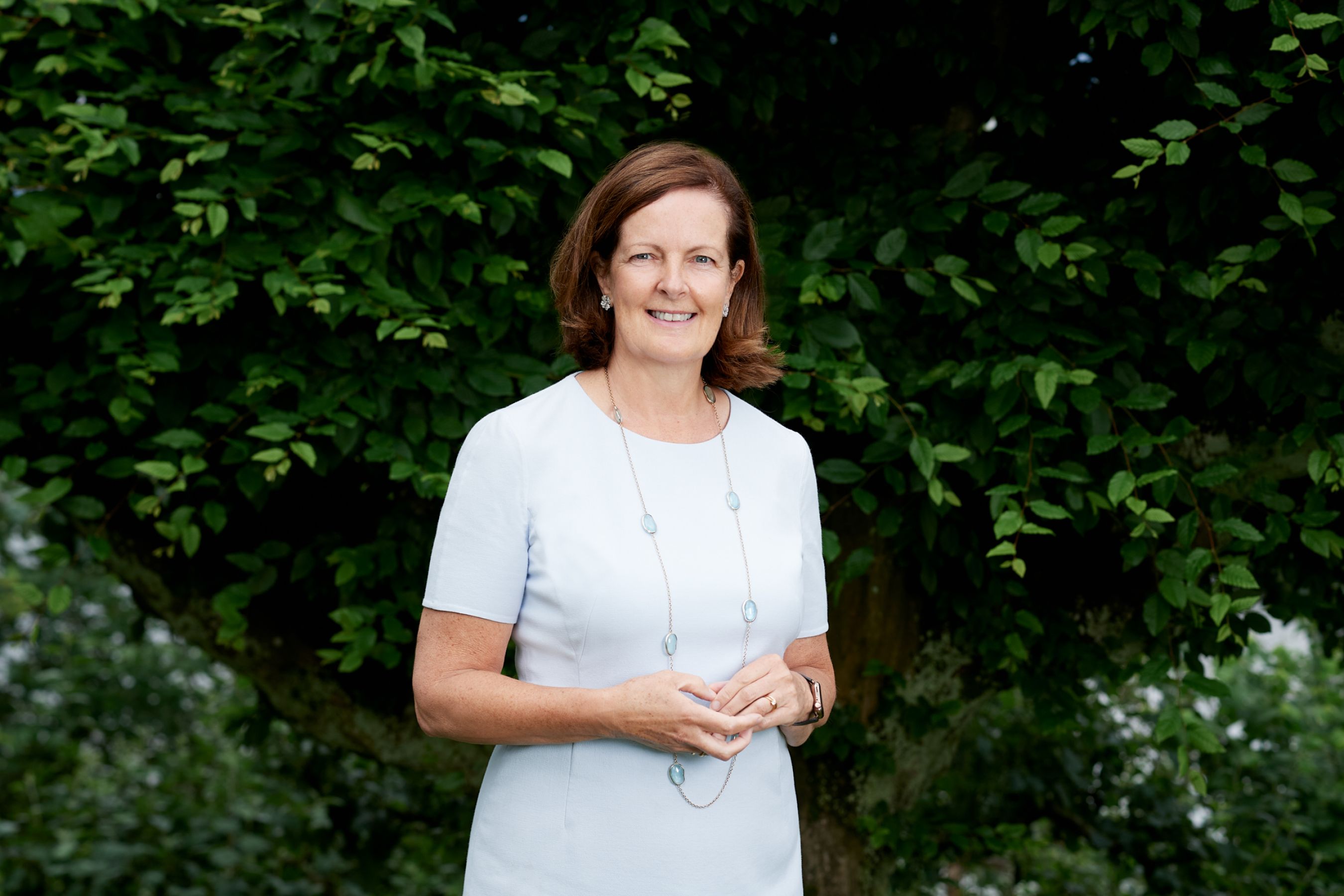 Shaping Successions
Shaping Successions
 Advancing Governance
Advancing Governance
 Discovering Leaders
Discovering Leaders
 Developing Leadership
Developing Leadership
Reflecting huge interest in the changing demands of CEO leadership, our 2021 global CEO study engaged 972 respondents, more than twice the number in the previous round in 2018. Going far beyond box-ticking, these CEOs provided more than 5,000 individual, qualitative reflections.
Participating CEOs represent every major industry and region, both larger and smaller firms, and every type of company ownership. They include nearly 100 female CEOs. And they range from highly tenured to freshly appointed CEOs. Together their companies earned nearly $4 trillion in revenues in 2020.
CEO respondent
of CEOs reported challenges in pacing change, focusing their teams, and bringing people along with them.
In their journeys of transformation, some CEOs are taking a stand for a new way to do business. Emboldened by their peers, these CEOs are joining and increasingly leading a movement.
However, even as public expectations of business and CEOs are insisting on more, most of your peers continue to prioritize the financial performance of their enterprise above all else. And, despite the novel challenges of today’s environment, two-thirds of CEOs say that the metrics that steer their decisions have stayed consistent over the past several years, even if many of your peers emphasize the increasing urgency of addressing environmental and social challenges.
Whether or not a CEO is ready to make that leap—and lead their boards into a new era—more and more parties expect CEOs to architect “prosperity for the many.” It’s clear from our conversations that increasing numbers of your peers believe that should be their goal. The most forward-looking leaders are looking beyond traditional markers of performance and putting increasing focus on game-changing innovation, longer-term growth, and broader stakeholder interests.
The commitment to feedback, learning, and reflection powerfully underscores CEOs’ realization that they must transform themselves in order to transform their organizations. Increasingly, your peers grasp that, for their businesses to grow and evolve, they must grow and evolve as leaders.
We call this the dual journey—and our study makes it clear that it has intensified over the past year. Nearly 100 percent of CEO respondents agree that they need the capacity to transform themselves as well as their organizations.
CEOs who master the capacity to be adaptive, relational, and self-aware can use their unique vantage point, enriched by insights from their teams and stakeholders, to grasp new opportunities and tackle complex challenges. They recognize that apparent polarities between people and profit, if approached creatively, are the engines of value and not just problems to be solved. And they can travel the path from old to new models of operation, inspiring their organizations and navigating them through the transition.

You are switching to an alternate language version of the Egon Zehnder website. The page you are currently on does not have a translated version. If you continue, you will be taken to the alternate language home page.
Continue to the website